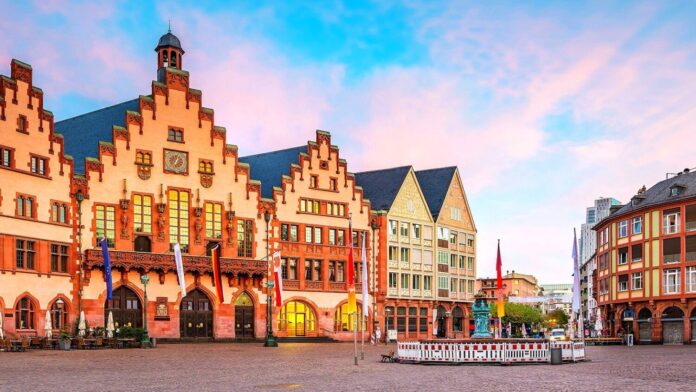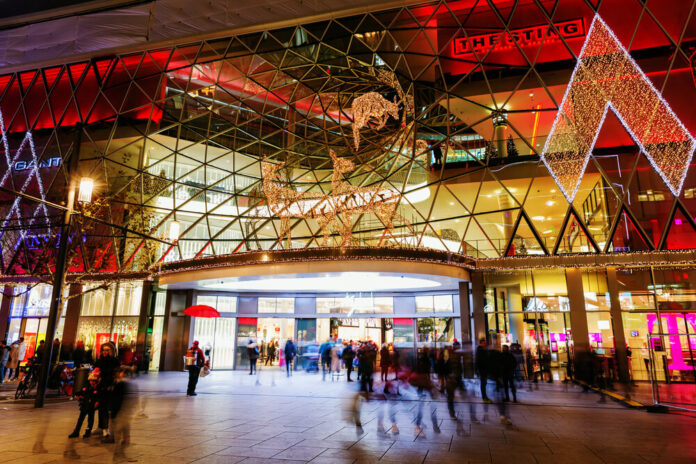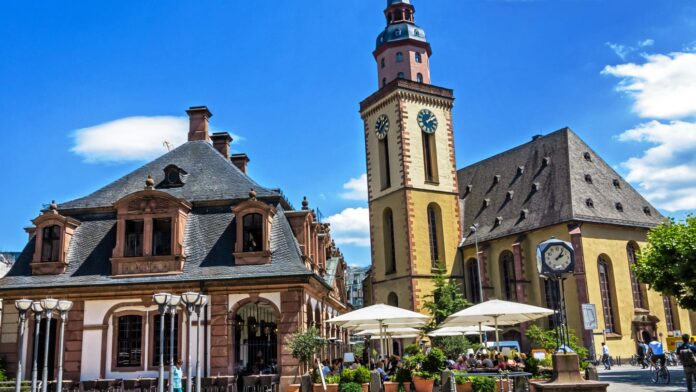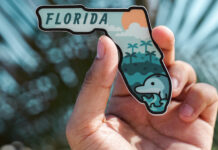
Frankfurt often brings to mind tall glass towers, financial institutions, and business meetings. Yet this city, perched on the banks of the River Main, holds a far more layered identity.
Beneath the skyscrapers lies a place of history, art, street life, and tucked-away spots that surprise even regular visitors.
For travelers, Frankfurt is not just a layover hub, it is a destination worth unraveling.
A City of Culture at Its Core
Frankfurt’s cultural scene is one of its greatest strengths. The Museum Embankment (Museumsufer) stretches along the River Main and gathers some of Europe’s finest institutions. Highlights include the Städel Museum, known for its Old Masters and modern art, and the German Film Museum, a nod to the country’s cinematic contributions.
Beyond museums, Frankfurt also embraces live performance. The Alte Oper, a reconstructed opera house, is a centerpiece of classical concerts and symphony performances. Meanwhile, smaller venues in neighborhoods like Sachsenhausen or Bornheim keep the stage alive with independent theater and jazz.
This balance of established institutions and grassroots creativity means that visitors can see a Rembrandt by day and hear experimental jazz by night, all without leaving the city limits.
When balancing culture, shopping, and hidden corners, location matters. Staying in a hotel Frankfurt center keeps you within walking distance of both business districts and cultural landmarks. A central base allows you to step from the financial towers into shopping avenues or catch a tram toward historic neighborhoods without spending half the day commuting.
Shopping ─ From Global Brands to Local Finds

Frankfurt offers a dual shopping experience. On one end is Zeil Street, the city’s main shopping boulevard, lined with international chains and major department stores. It has been dubbed “the Fifth Avenue of Germany,” a nickname that reflects its appeal to global shoppers.
For those seeking luxury, the Goethestraße delivers designer fashion houses and fine jewelry. Yet Frankfurt’s shopping identity is not only about polished storefronts. The flea markets along the Mainufer offer vintage books, vinyl records, antiques, and household oddities that carry traces of the city’s past.
These contrasting spaces highlight Frankfurt’s character: polished but with edges that still feel authentic. For visitors, it means the chance to return home with a Prada bag or a vintage typewriter, depending on what feels right.
Old Town Charm and Historic Layers
Frankfurt’s historic Altstadt (Old Town) was heavily damaged during World War II, but careful reconstruction has brought parts of it back to life. The Römerberg Square, with its half-timbered houses, remains a postcard scene where festivals and Christmas markets bring color to the cobblestones.
Nearby stands the Frankfurt Cathedral (Dom), where emperors of the Holy Roman Empire were once crowned. These sites give depth to a city often defined by glass and steel. Walking through the Old Town is a reminder that Frankfurt’s history stretches far beyond its reputation as a financial hub.
Hidden Corners Worth Seeking

Travelers who linger beyond the obvious attractions often find that Frankfurt reveals itself in whispers. Some places worth searching out include:
- Kleinmarkthalle: An indoor market buzzing with local food stalls, artisan cheese vendors, and family-run delicacies.
- Lohrberg: A vineyard within city limits, offering panoramic views and Riesling straight from the source.
- Berger Strasse in Bornheim: A street filled with small cafés, traditional bakeries, and bars that capture everyday Frankfurt life.
- Palmengarten: A botanical garden that feels like an escape from the busy streets, perfect for a quiet morning walk.
These corners prove that adventure in Frankfurt does not always mean rushing toward the big attractions. Sometimes it is about slowing down and letting the city show its quieter face.
Neighborhoods with Character
Each of Frankfurt’s districts holds a distinct identity. Sachsenhausen, south of the river, is famous for its traditional apple wine taverns. Narrow cobblestone lanes here are lined with pubs where locals gather over hearty German meals.
By contrast, Bahnhofsviertel, once known for its rough edges, has been steadily transformed into a hotspot for international food and nightlife. Turkish bakeries sit beside modern cocktail bars, giving the area an eclectic energy.
Meanwhile, Nordend feels more residential, filled with leafy streets, family-run cafés, and a calmer pace that appeals to those wanting to see everyday life beyond the tourist trail.
Balancing Tradition with Modern Energy
What makes Frankfurt particularly engaging is how it bridges tradition with modernity. On one hand, the skyline, dominated by towers like the Commerzbank Tower, symbolizes Germany’s economic power. On the other, the city preserves traditions through its markets, cider taverns, and seasonal festivals.
Visitors during December will encounter one of Europe’s most beloved Christmas markets at the Römerberg, where wooden stalls glow with festive lights. In summer, the city’s riverbanks transform into open-air cultural stages, with festivals celebrating art, theater, and music.
This duality, modern glass alongside medieval stone, business suits alongside folk festivals, makes Frankfurt more than a stopover. It makes it a city of contrasts that feels real and lived-in.
Conclusion ─ Frankfurt Beyond the Obvious
Frankfurt’s identity stretches well beyond its financial reputation. For travelers, the city combines cultural richness, shopping variety, and hidden corners that reward curiosity. It is a place where you can admire a Monet, sip cider in a centuries-old tavern, buy luxury fashion, and then wander through a quiet garden, all within a single day.
Choosing to stay in the center ensures every side of Frankfurt is within reach, from business appointments to evening strolls by the Main. For those who approach the city with patience and curiosity, Frankfurt becomes less of a stopover and more of an adventure in itself.



